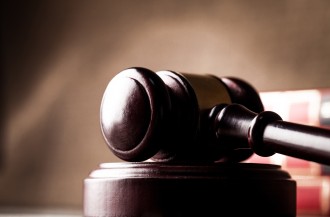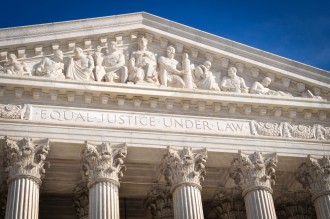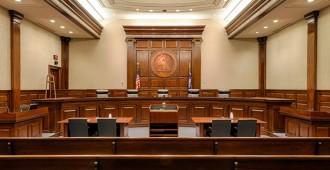
January 16, 2016
Supreme Court to Review Two Key IPR Issues
The Supreme Court granted certiorari today on Cuozzo Speed Technology’s petition to review In re Cuozzo Speed Tech., 793 F.3d 1268 (Fed. Cir. 2015). Cuozzo presented two questions, and the Court has accepted both of them:
(1) Whether the court of appeals erred in holding that, in IPR proceedings, the board may construe claims in an issued patent according to their broadest reasonable interpretation rather than their plain and ordinary meaning.
(2) Whether the court of appeals erred in holding that, even if the board exceeds its statutory authority in instituting an IPR proceeding, the board’s decision whether to institute an IPR proceeding is judicially unreviewable.
If the Supreme Court reverses the Federal Circuit’s decision on either of those two grounds, the impacts on future IPR proceedings could be huge. Although there are certainly patent claims that are invalid regardless of whether the “broadest reasonable interpretation” (“BRI”) or the plain and ordinary meaning (the so-called “Philips” construction) is used, there are also claims where the choice of standard is itself outcome determinative. There are, therefore, numerous patentees who should prefer Philips, and potential challengers who should prefer BRI.
Perhaps even more intriguing, however, is the possibility of a reversal on the second question presented: whether the decision to institute is so completely unreviewable as the Federal Circuit has held in (e.g.)Cuozzo or more recently Achates Pub’g. v. Apple Inc., 803 F.3d 652 (Fed. Cir. 2015). Although the AIA lists a variety of situations in which IPR, PGR, and CBM are not available (35 U.S.C. §§ 315 and 325), the Federal Circuit has effectively insulated the PTAB’s decision to institute a trial from review. As such, even if the PTAB explicitly violates these statutory prohibitions, there is no mechanism by which the procedural defect can be remedied. A decision by the Supreme Court that 35 U.S.C. § 314(d) does not shield IPR institution decisions from review would dramatically shift the relative power balance between challengers and patentees in these AIA trial procedures. This blog will continue to follow this story as it develops.




































